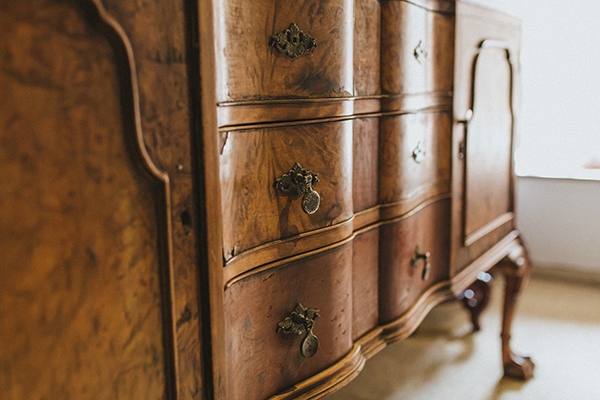Refinishing Antique Furniture
Subscribe
Login
0 Comments
Oldest
